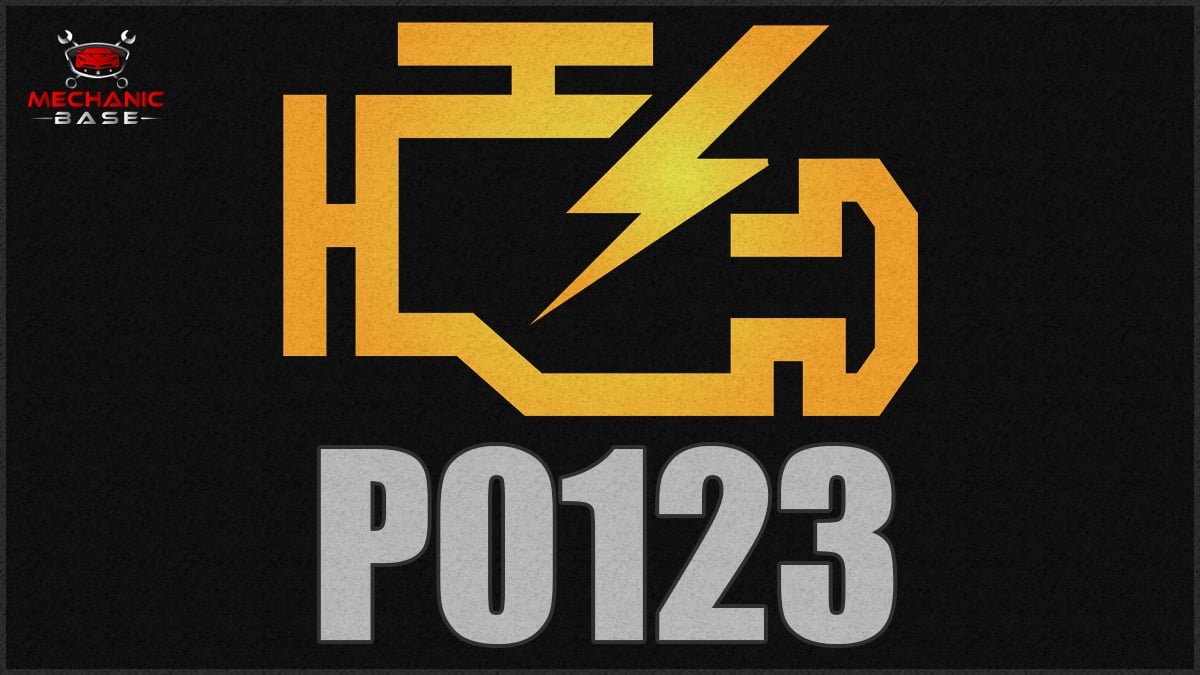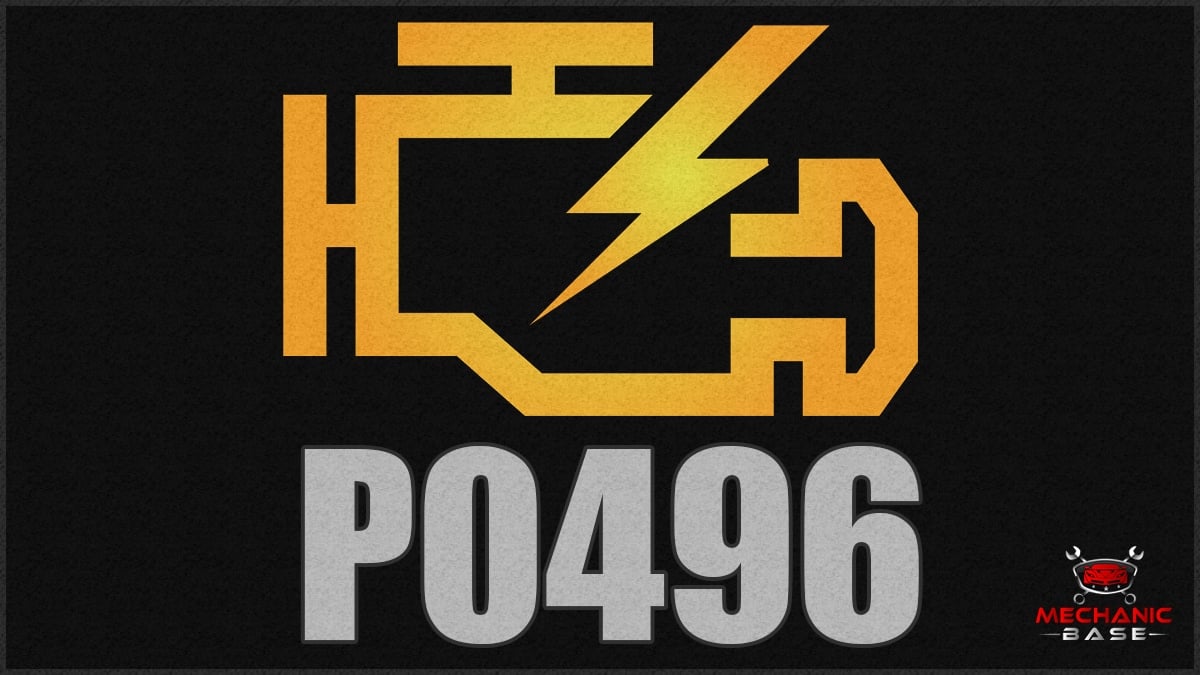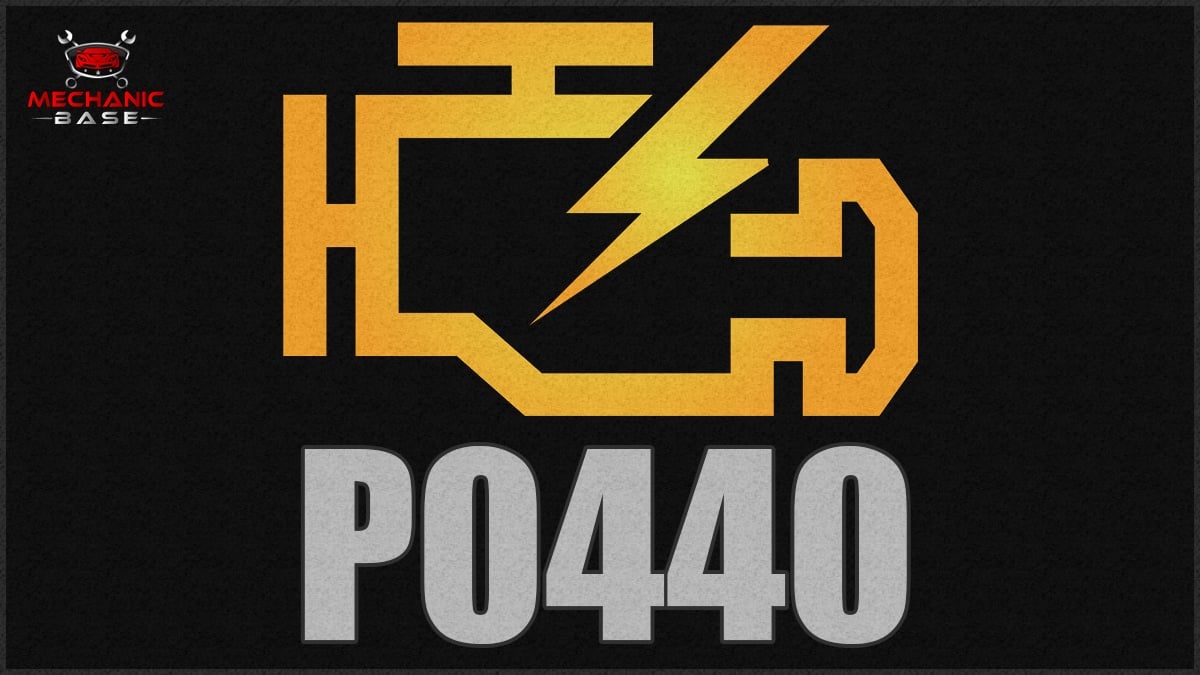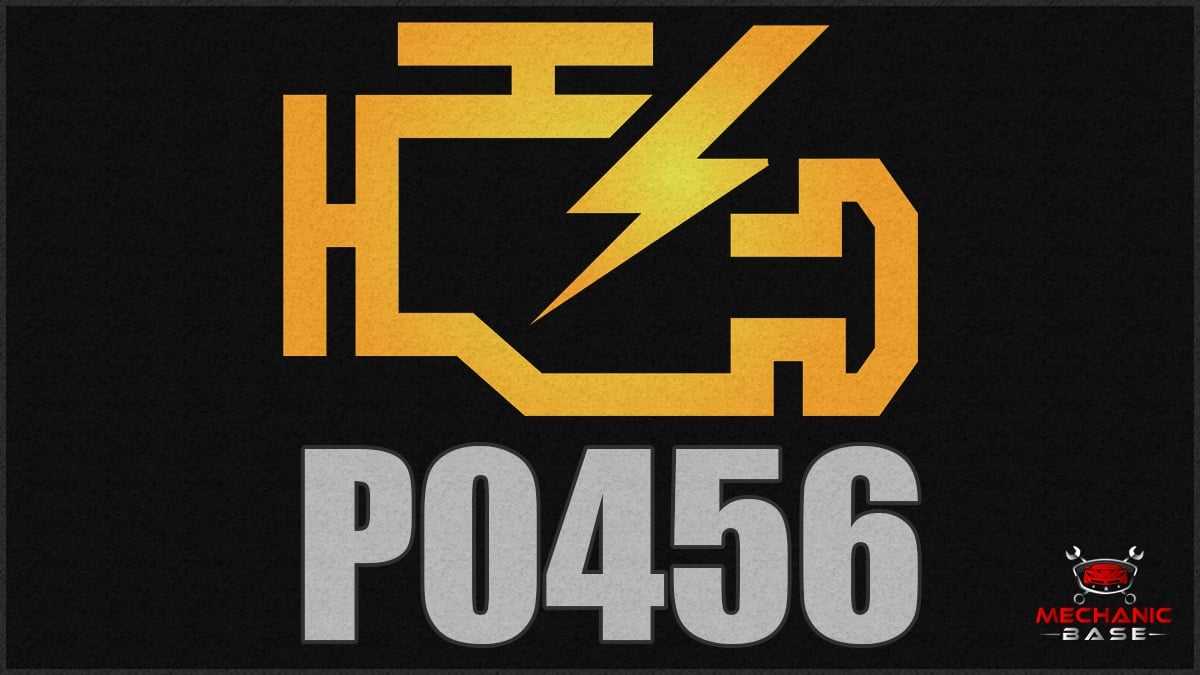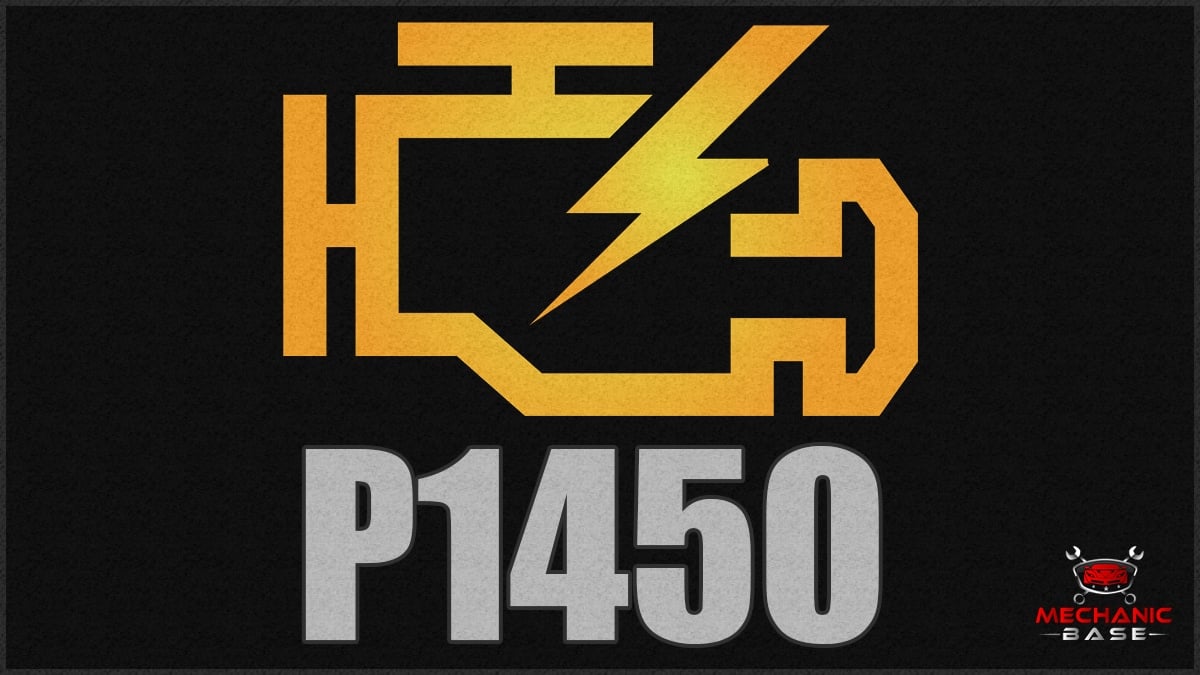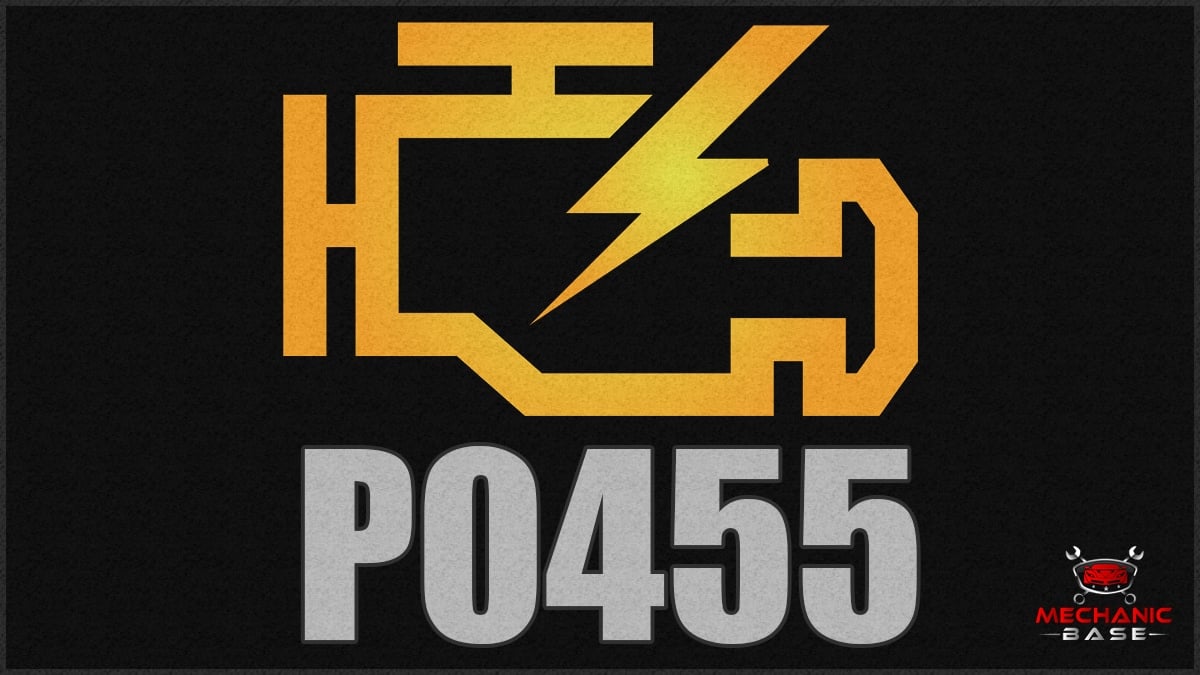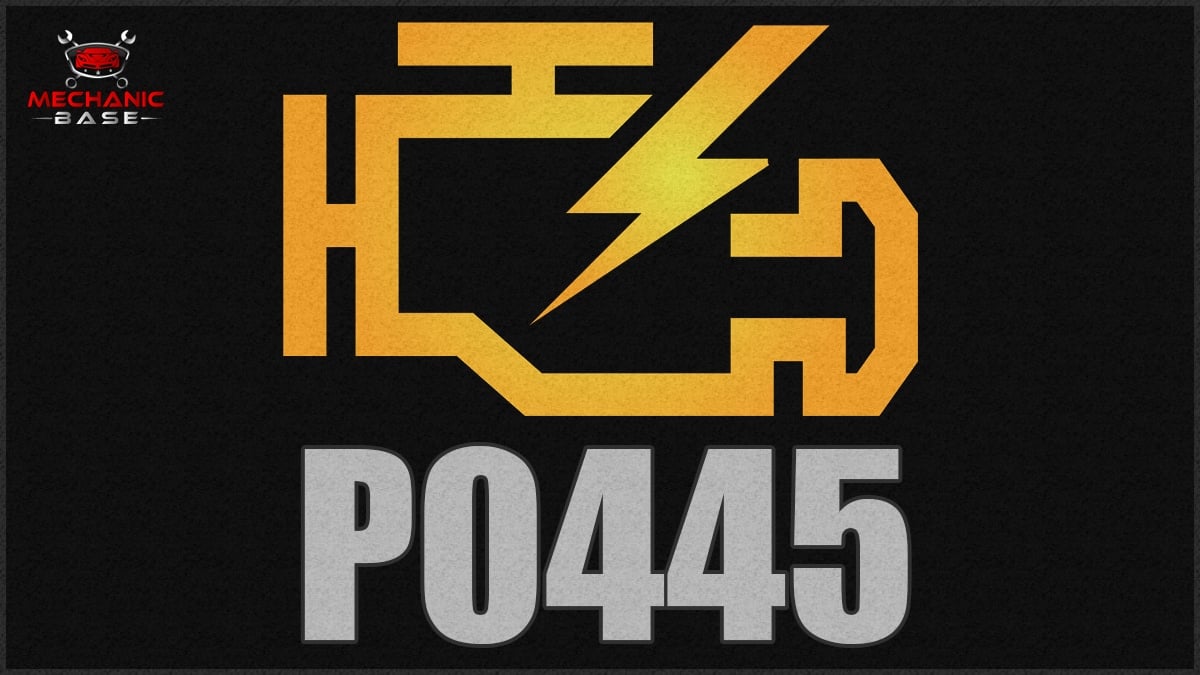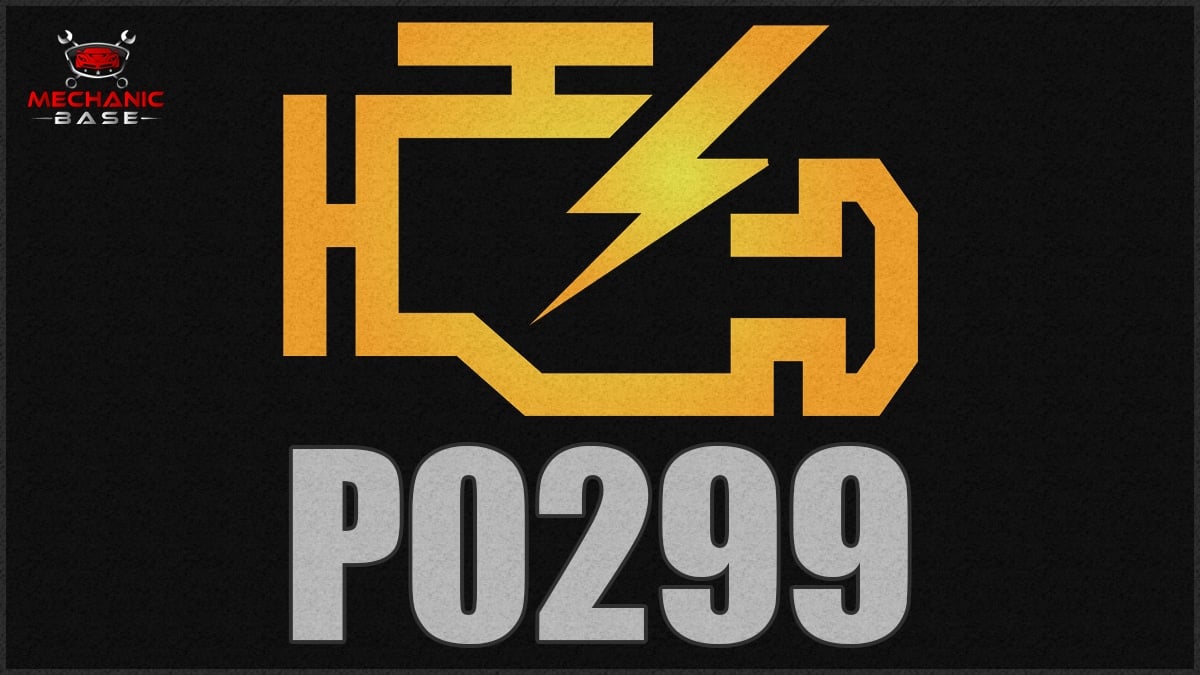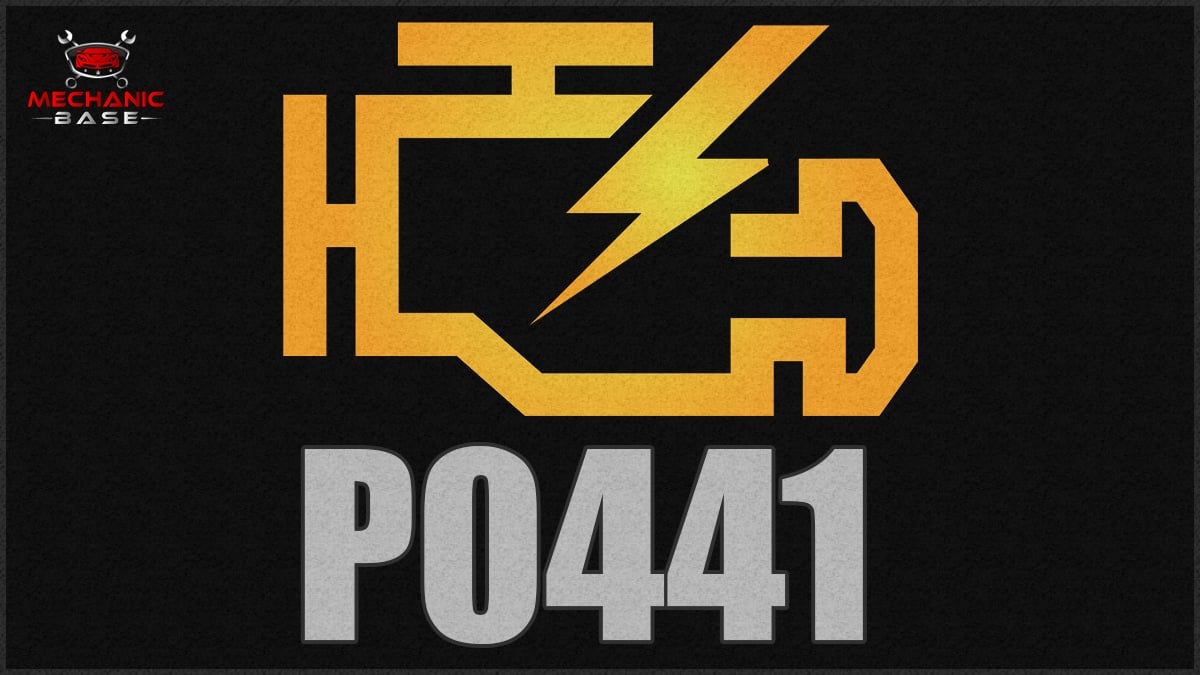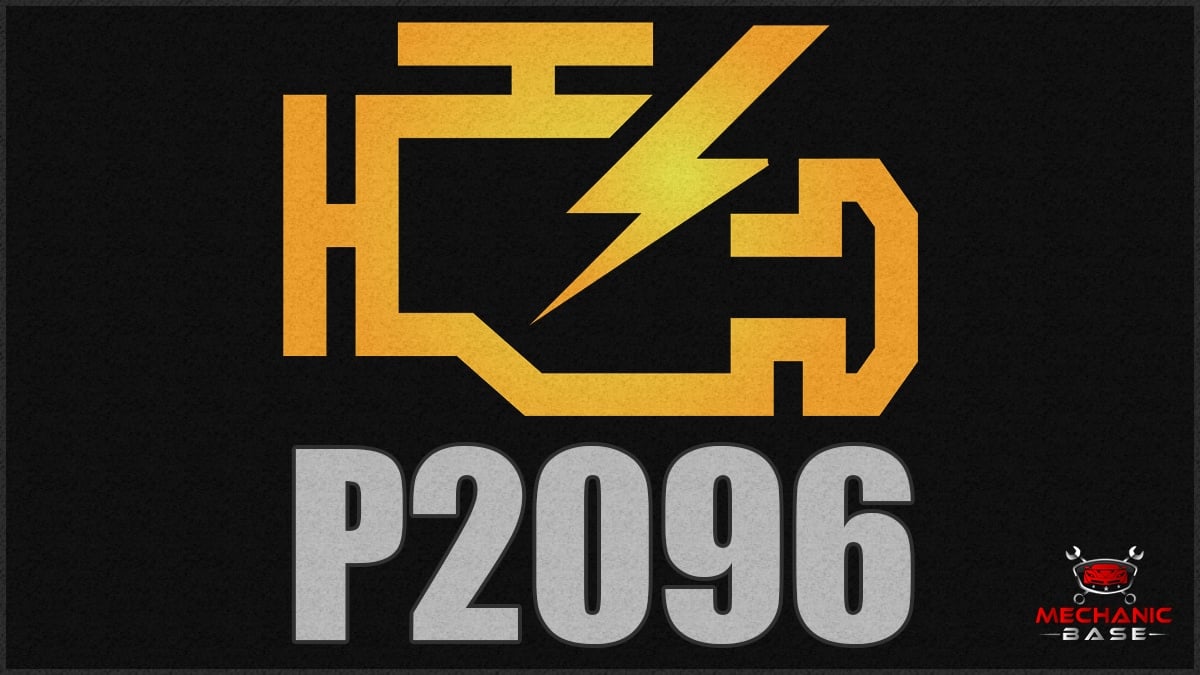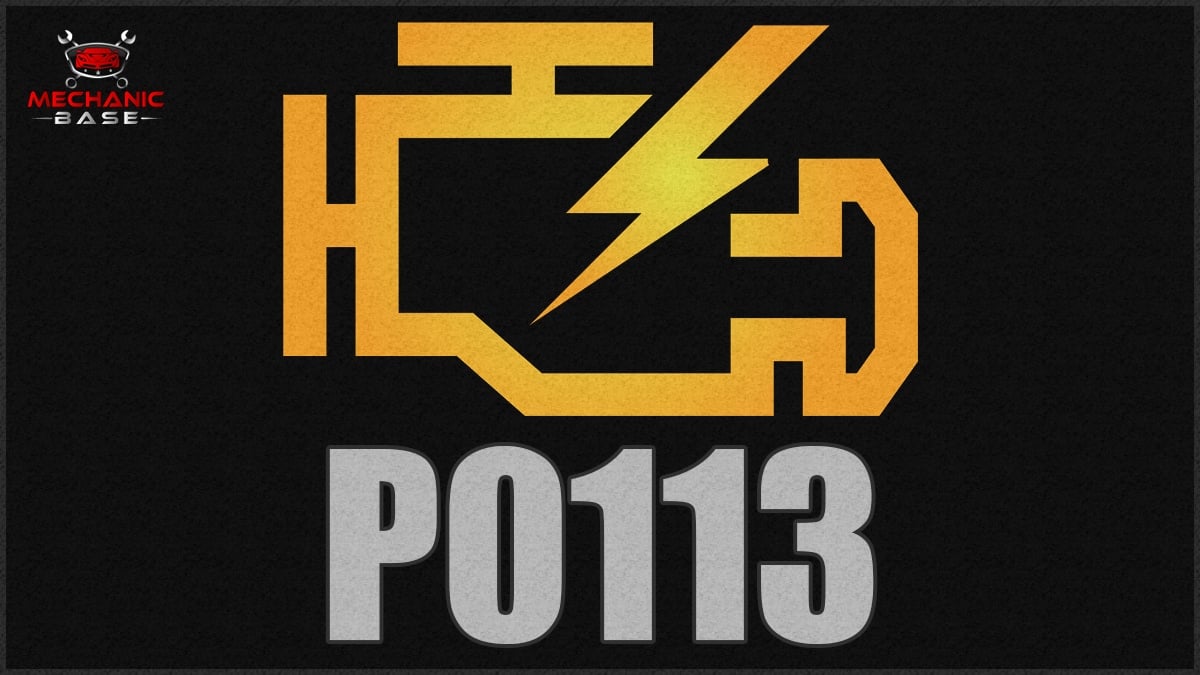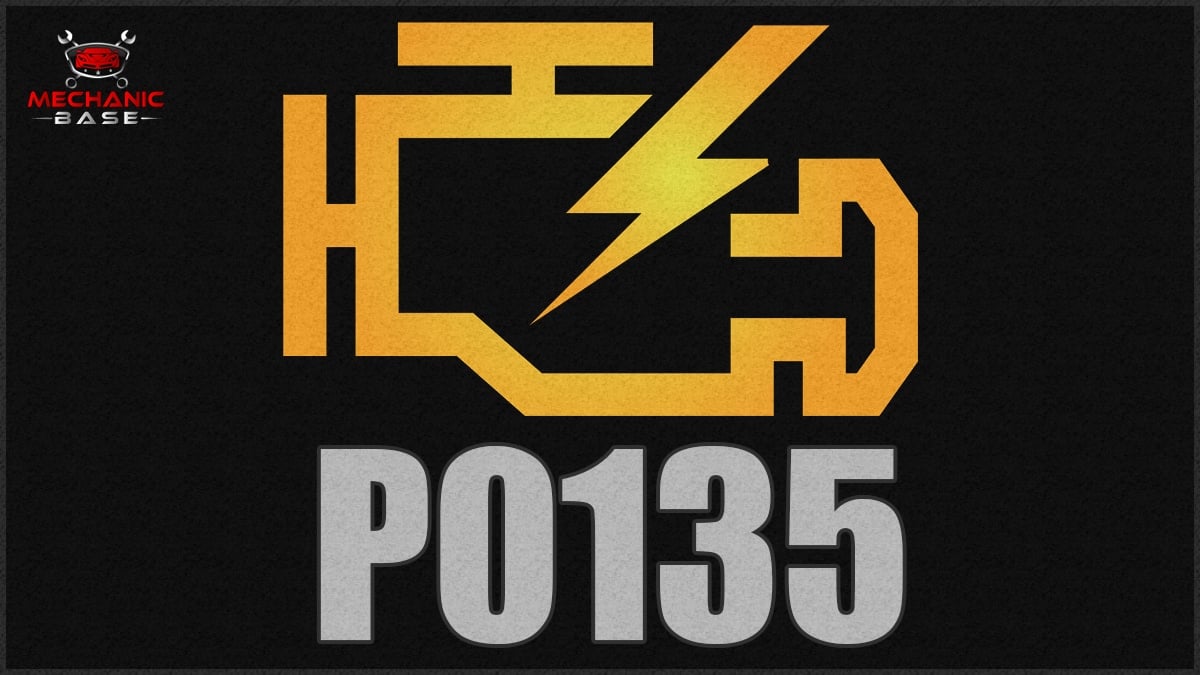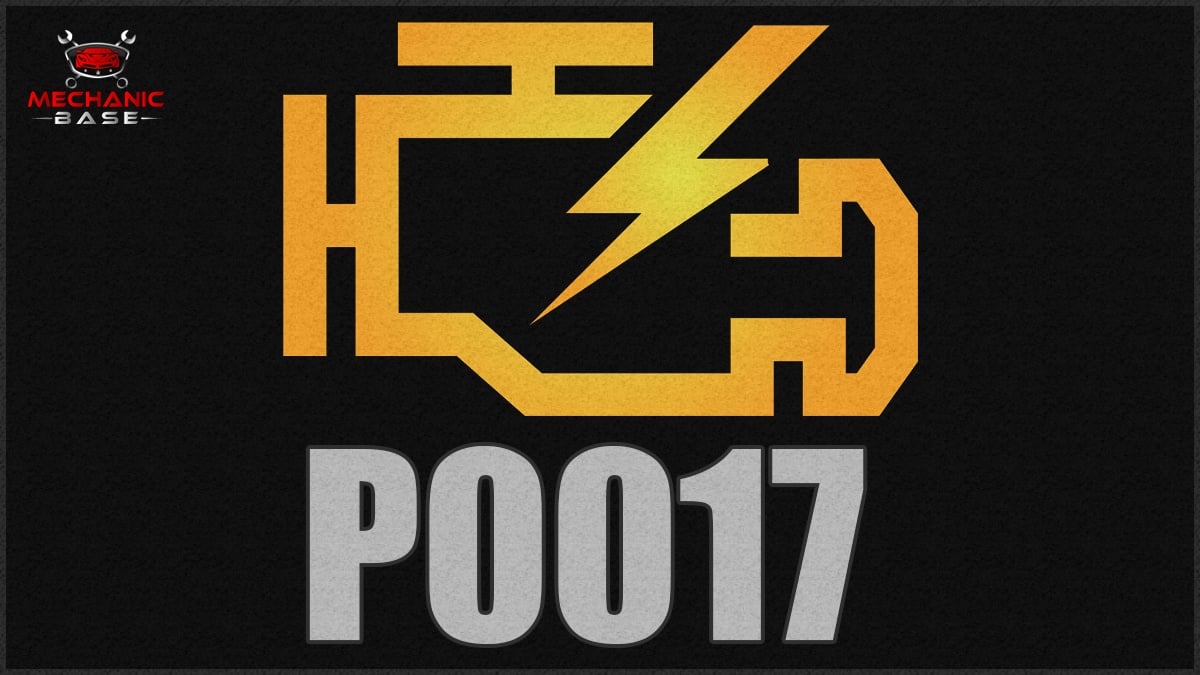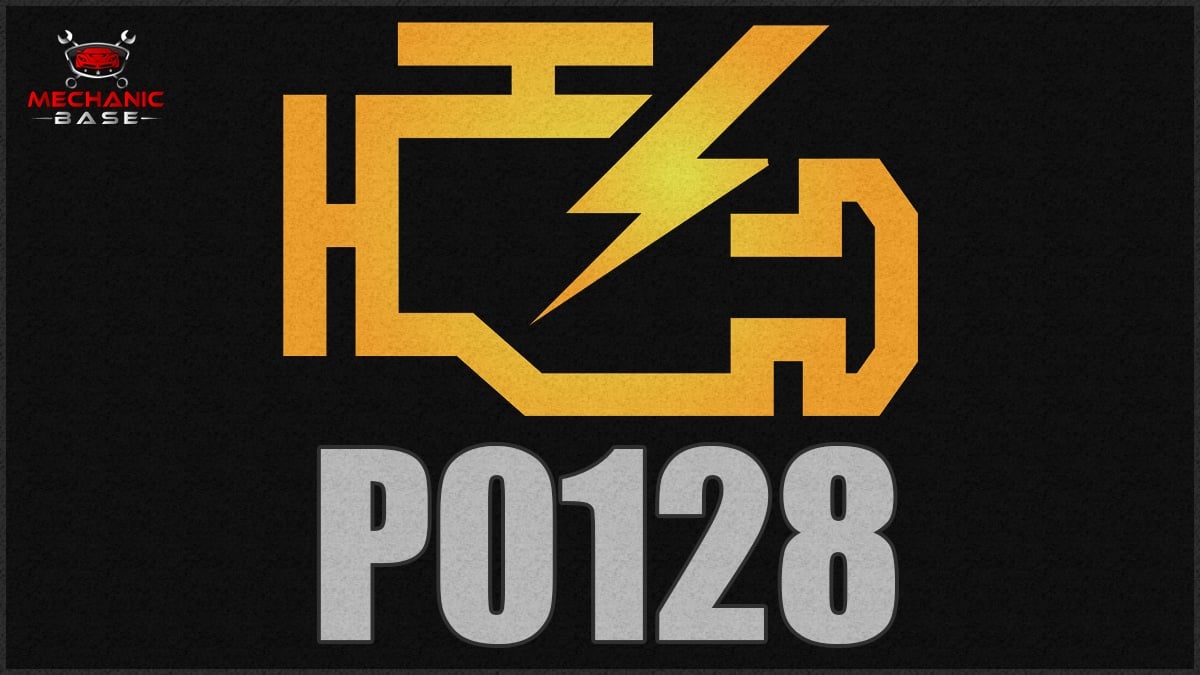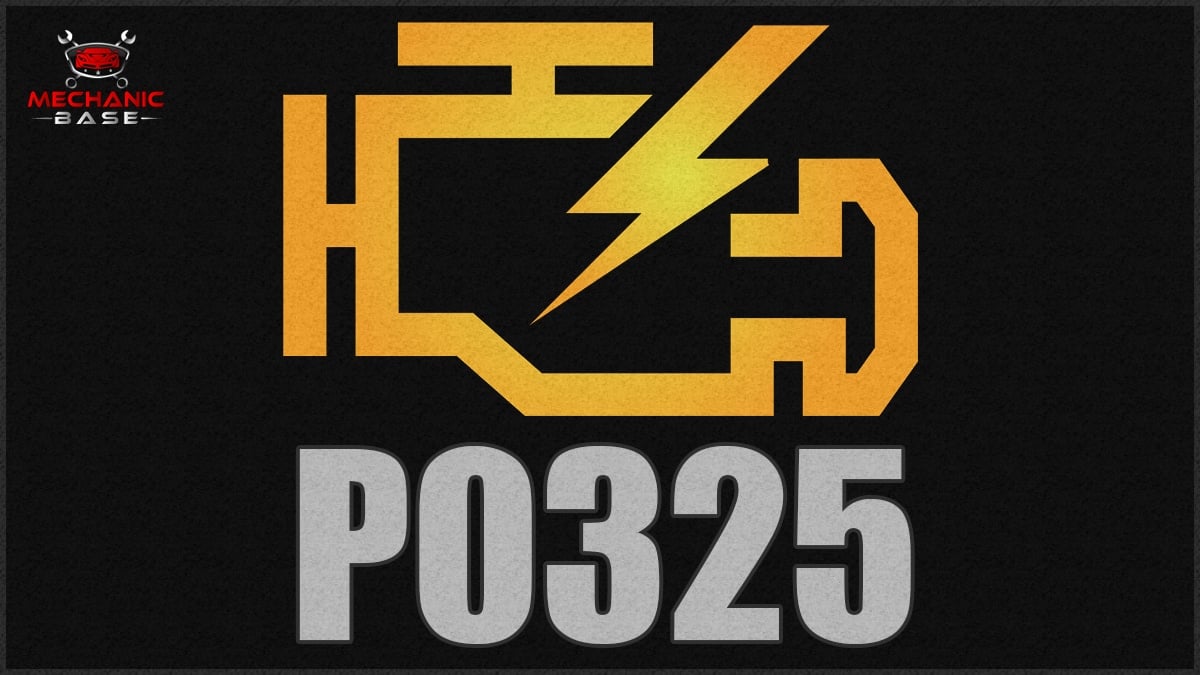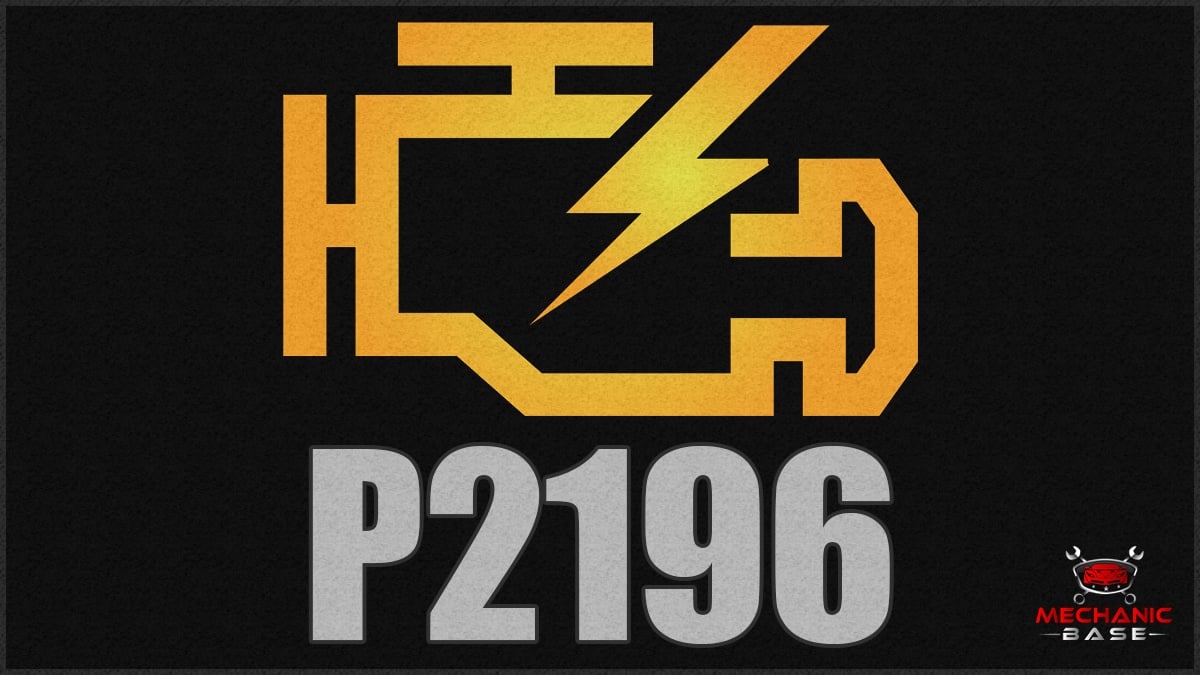When the Check Engine Light comes on and your scanner reveals the P0123 code, you may immediately panic. By not understanding what’s wrong, it can be difficult to know if you should keep driving or pull over.
In this guide, we show you the meaning and causes of the P0123 trouble code. We also touch on the most common symptoms of the P0123 DTC and discuss ways to diagnose the problem. Before you leave, you will know the average repair costs for this trouble code and get answers to your top questions.
Code P0123 Definition
P0123 – Throttle Position Sensor/Switch A Circuit High Input
What Does the P0123 Code Mean?
The P0123 trouble code indicates that the Engine Control Module (ECM) or Powertrain Control Module (PCM) detected high output voltage from the throttle position sensor A. This code sets when the output voltage reaches higher than 4.5 for over two seconds.
The throttle position sensor (TPS) is a resistor that changes the value according to the throttle positioning or opening angle. It is mounted to the throttle body, which controls how much air enters the engine.
If the vehicle comes with electronic traction control, two accelerator pedal position (APP) sensors are used to measure the gas pedal angle. Any problem with these APP sensors will lead to the Check Engine Light.
What Are The Symptoms Of P0123?
You can expect performance issues when the Check Engine Light comes on because of the P0123 code. Here are the top symptoms that are experienced by most drivers.
- Check Engine Light
- Hard start situation
- Erratic idle
- Engine stalls
- Weak acceleration
- Decreased fuel economy
The majority of the time that this DTC is set, the car will go into limp mode. This restricted mode ensures that no further damage is done to the car engine or transmission. You won’t be able to accelerate beyond a certain speed and the transmission will remain in one gear, typically second gear. Limp mode makes it possible for you to drive the car home or to a local repair shop.
What Are The Causes of P0123?
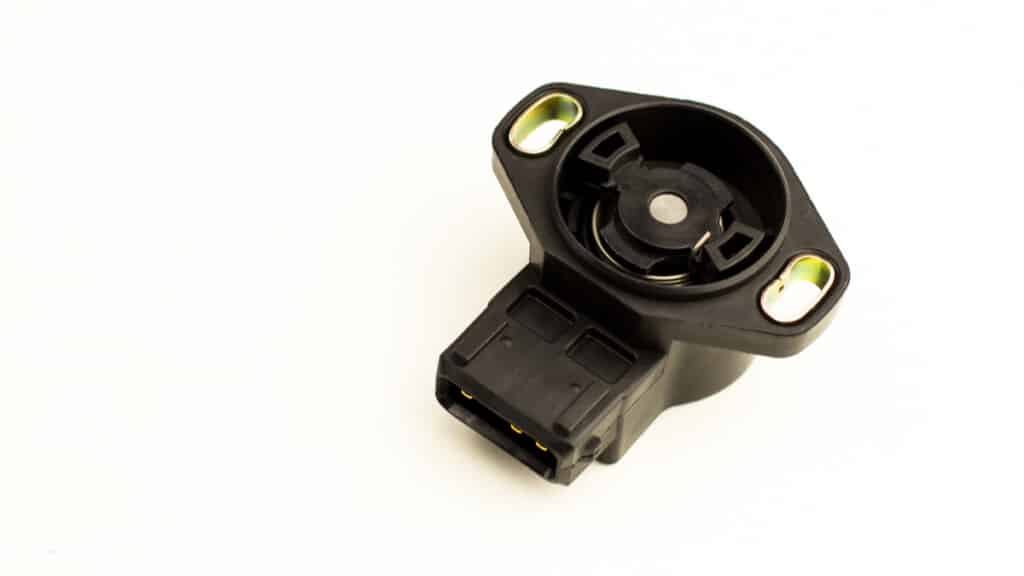
Because the P0123 DTC has to do with the throttle position sensor, it’s normal to assume that part is the problem, but that’s not always the case. Here are the most common causes of the P0123 DTC.
- Damaged wiring or loose connection
- Malfunctioning throttle position sensor
- Faulty accelerator pedal position sensor
- Dirty or bad throttle body
- PCM needs update
How Serious is the P0123 Code?
Severe – There’s an increased chance that the vehicle will go into limp mode. When the car is in limp mode, you won’t be able to drive over a certain speed and the car may behave erratically. It’s not meant to be driven long-term.
Even if it isn’t in limp mode, you don’t want to continue driving with the common symptoms. If you are driving in a lot of traffic, the erratic behavior of the vehicle could cause an accident.
How Do I Fix the P0123 Code?
Without running through all of the diagnostic steps, you wouldn’t know how to fix the P0123 DTC. However, we’ve listed a few possibilities to consider.
- Repair wiring or loose connection
- Replace throttle position sensor
- Replace accelerator pedal position sensor
- Clean/replace throttle body
- Update PCM
Common P0123 Diagnosis Mistakes
There are several mistakes that can be made when trying to repair the P0123 trouble code. Here are some that we’ve seen as professional mechanics.
- Failing to inspect the connections and wiring. It doesn’t make sense to replace any parts before this step is performed.
- Failing to read all of the trouble codes. If there is more than one present, you may have a better idea of what’s wrong.
- Replacing the TPS sensor before running through all of the other steps. This repair could be a waste of time and money if something simpler is to blame.
- Replacing the pedal position sensor before looking to see if something is physically changing the angle, such as bent floor mats.
How to Diagnose the P0123 Trouble Code?
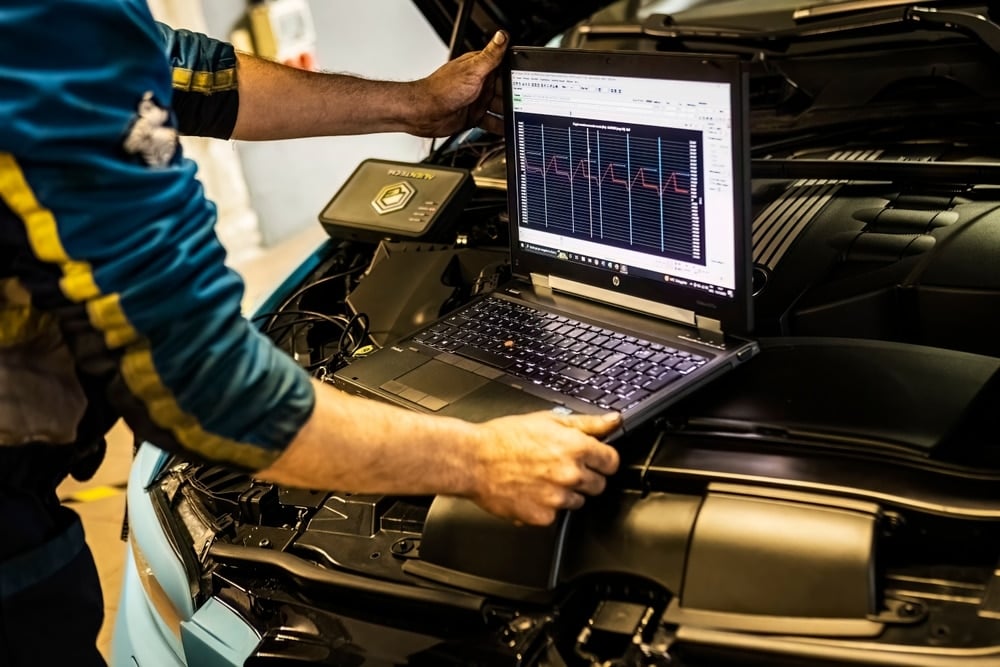
Here are some steps we would use as professionals to figure out what’s going on with the P0123 code.
- Use your OBDII scanner to see what other codes are present. Look up the codes in the DTC library.
- You can use the freeze frame data to check conditions.
- Visually inspect all of the connections and wiring to see if anything is damaged. If you notice anything loose or broken, repair or replace it.
- In rare cases, there could be an obstruction to the accelerator pedal, causing the faulty reading. Make sure your floor mats aren’t changing the angle of the pedal.
- Clean the throttle body to get rid of the carbon. Make sure you use a cleaner designed for this purpose. You shouldn’t use carburetor cleaner.
- Compare data between the A and B TPS circuits with your scan tool. Reference the readings with your manufacturer’s specs in the service manual.
- Review any technical service bulletins (TSB) that may relate to the issue.
If these steps don’t get you closer to the problem or you are having trouble repairing it, reach out to a local repair shop.
How Much Does It Cost To Fix Code P0123?
Once you figure out the problem, it’s time to have it repaired. Here are some general repair costs, with the parts and labor included. These prices will vary based on the type of vehicle you drive and will be cheaper if you can perform the work yourself.
- Repair wiring or loose connection – $50 to $550
- Replace throttle position sensor – $100 to $350
- Replace accelerator pedal position sensor $75 to $550
- Clean/replace throttle body – $100 to $650
- Update PCM – $50 to $250
Some tasks have a minimal cost if you can do it yourself. For example, to tighten up a loose connection may not cost you anything. Additionally, cleaning the throttle body only costs you the price of the supplies. After you buy a microfiber cloth, some paper towels and the throttle body cleaner, you shouldn’t have spent more than $20.
A Mechanic’s Tips About The P0123 Code
The majority of the time, the P0123 code has to do directly with the TPS sensor, whether the part has failed or there’s an electrical short. However, you may notice some other trouble codes in conjunction with this one.
- P0120 – Throttle/Pedal Position Sensor “A” Circuit
- P0121 – Throttle/Pedal Position Sensor “A” Circuit Range/Performance Problem
- P0122 – Throttle Pedal Position Sensor/Switch (TPS) A Circuit Low Input
- P0124 – Throttle / Pedal Position Sensor “A” Intermittent
Is code P0123 serious?
Yes, when the P0123 code is set, your engine may go into limp mode. When the vehicle is in limp mode, you won’t be able to accelerate over a certain speed and the transmission won’t shift, making it nearly impossible to go anywhere but home. Have your vehicle fixed right away to avoid causing more damage.
Can I drive with a P0123 code?
Because the car will likely be in limp mode, you won’t be able to drive far. Without the ability to shift and with the speed limited, the car is only meant to drive home. Even if there are no performance issues, these problems could occur at any time with this code on, so don’t take any chances.
What is the code P0123 on a Ford F150?
The P0123 trouble code is generic, so it’s the same across manufacturers. With this code, the Engine Control Module (ECM) or Powertrain Control Module (PCM) detected high output voltage from the throttle position sensor A. The output voltage reached higher than 4.5 for over two seconds.
What causes high TPS voltage?
When the TPS voltage reads high, there could be damaged wiring or a loose connection. It could also be a malfunctioning throttle position sensor or accelerator pedal position sensor. The throttle body could be dirty or, on rare occasions, the PCM needs to be updated. Run through the diagnostics to determine what’s wrong.
Does the TPS affect idle speed?
Yes, the TPS failure can lead to an erratic idle. It also causes the Check Engine Light to come on and can cause the limp mode to activate. Additionally, performance issues are noticed, such as a hard start condition, engine stalling, weak acceleration and decreased fuel economy.
When the car goes into limp mode, it can be a scary situation. To rest your mind, remind yourself that it’s just the vehicle’s way of protecting against further damage. If you can get your car home and repair the P0123 code, there may be no lasting expensive issues carrying over.
If this problem seems overwhelming to you, it’s best to visit a mechanic in your area. Talk with your family and friends to see who they use and check online reviews to ensure that the mechanic does good work. You don’t want to take any chances with your car engine.
Categories: OBD Codes
